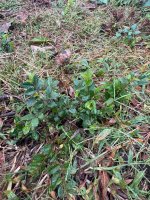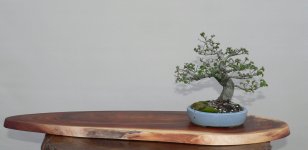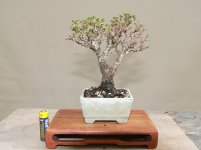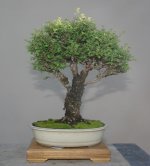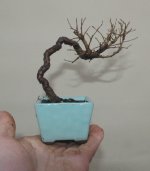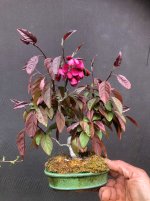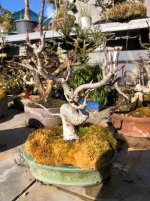I needed to literally rip the pot out of the ground on one of my elms earlier this year to repot as the roots totally escaped. Last week, I noticed for the first time that shoots have been growing from the roots left behind. How would one pot these up (the roots could have been growing for over a year into the ground)? Do I use part of the in-ground root as the "trunk"? I was kind of hoping these shoots are all growing from one root (I don't think that's the case) and maybe I could use it for the raft contest?

